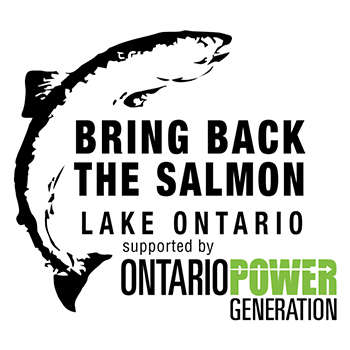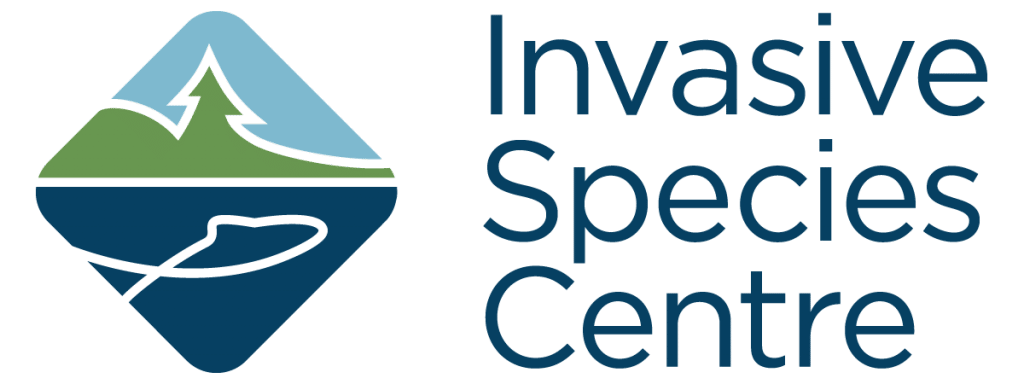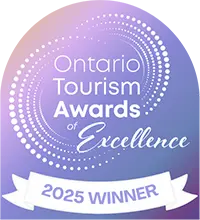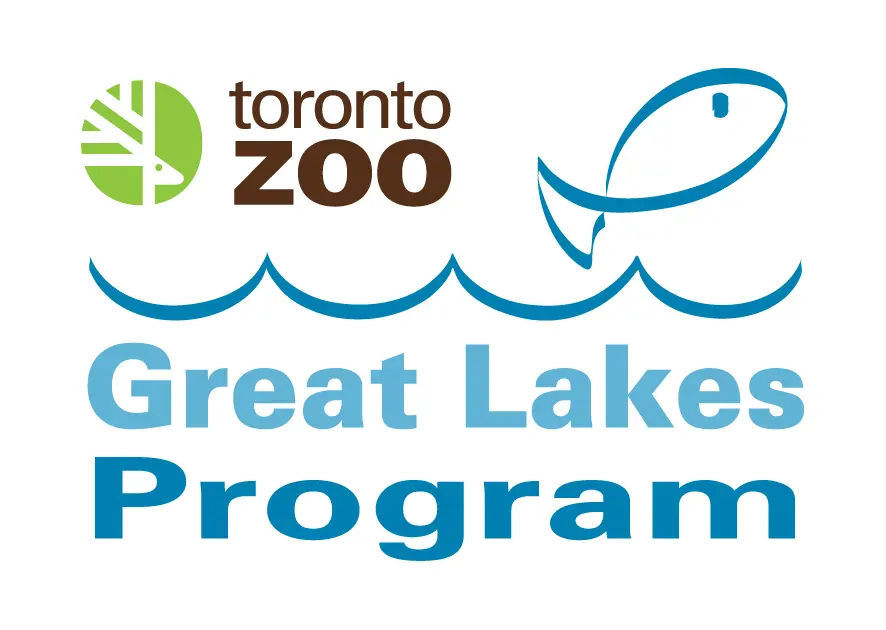
NOTICE: The Great Lakes Program is no longer offering in-classroom programming or presentations, including related to the Aqua-Links and Blue Schools Programs. While our in-person delivery of aquatic species-at-risk and Great Lakes conservation programming has concluded, we're excited to let you know that all of our learning guidelines, resources, and tools are now available to support your continued learning—you can now access them to enhance your studies on your own! Please also see below for some other organizations doing similar programming that you could get involved with.
Online Learning Resources
Choose from the following to continue your learning!
Presentations
The Story of..…
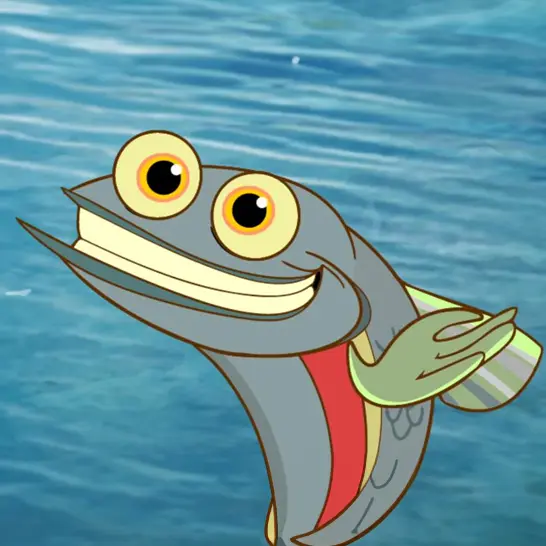 The Redside Dace (Grades JK - 3)
The Redside Dace (Grades JK - 3) 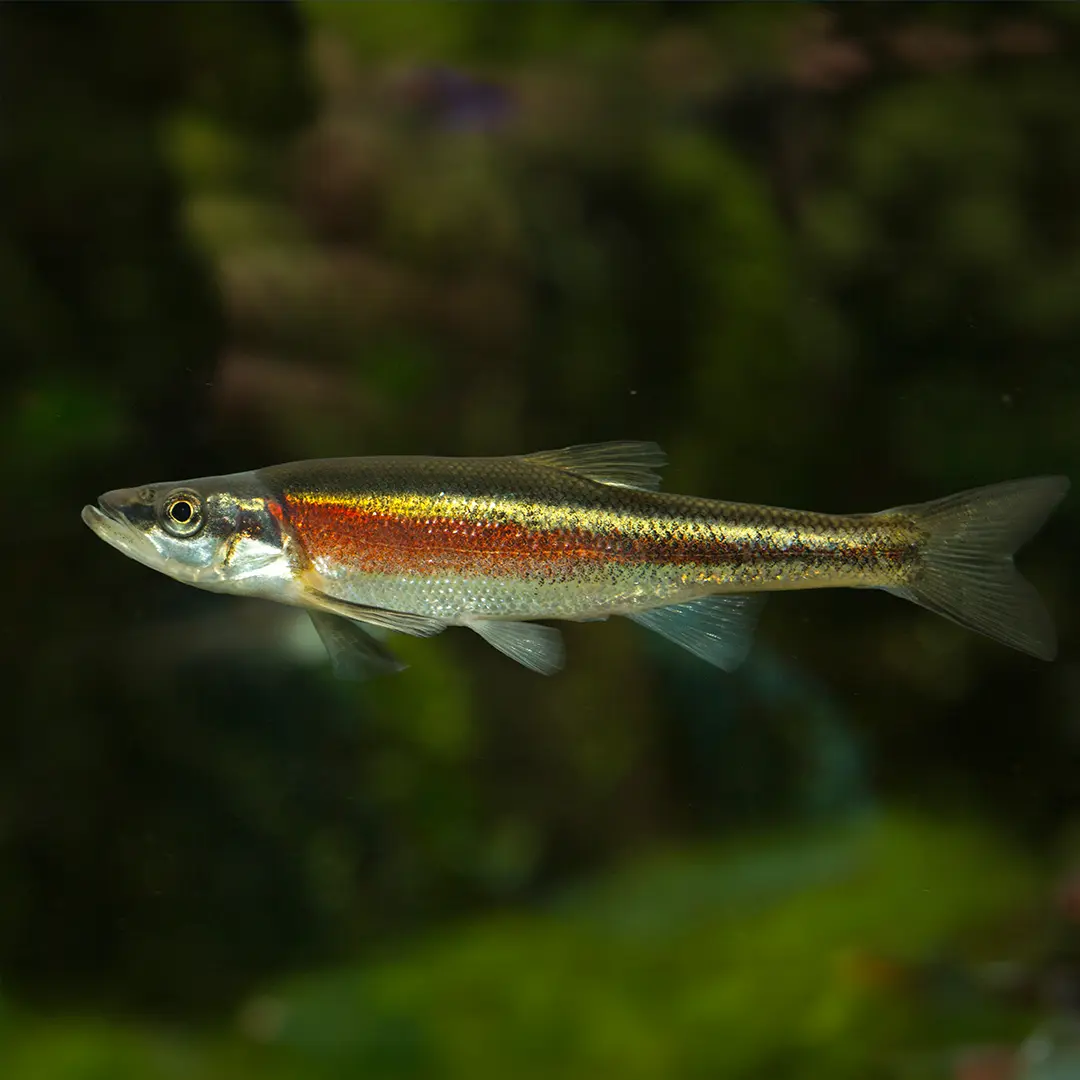 The Redside Dace (Grades 4 - 8)
The Redside Dace (Grades 4 - 8) 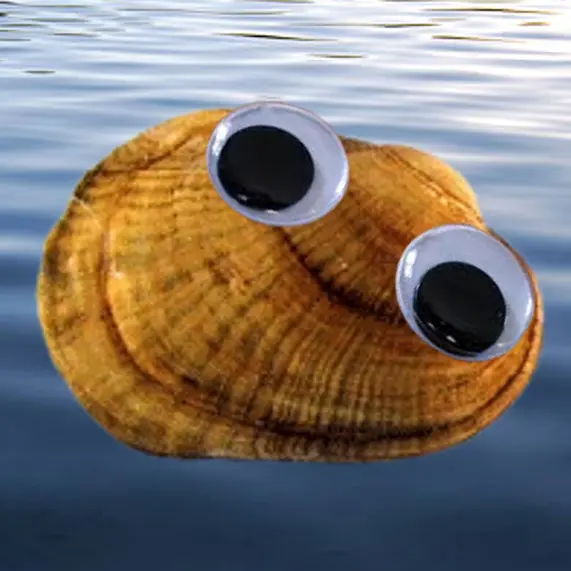 The Northern Riffleshell
The Northern Riffleshell(Grades JK - 3)
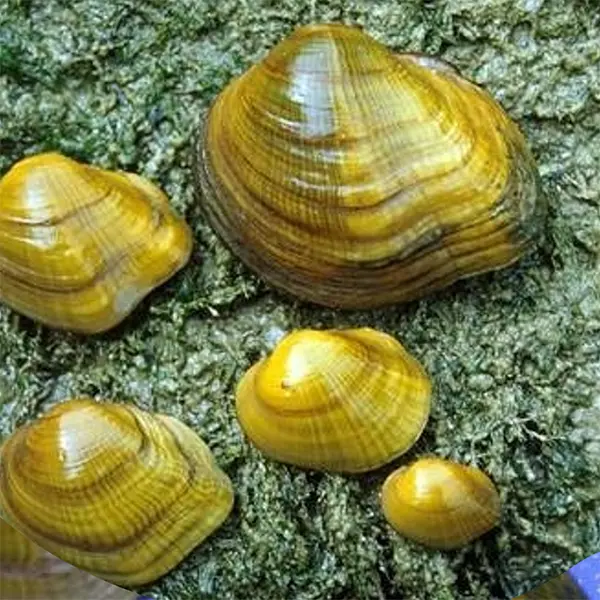 The Northern Riffleshell
The Northern Riffleshell(Grades 4 - 8)
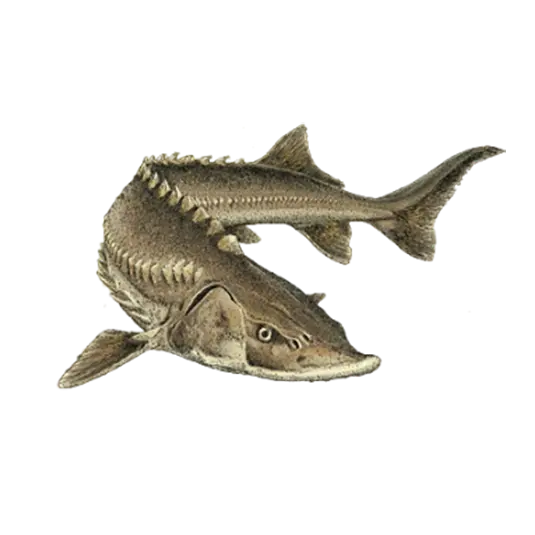 The Lake Sturgeon
The Lake Sturgeon(Grades JK - 3)
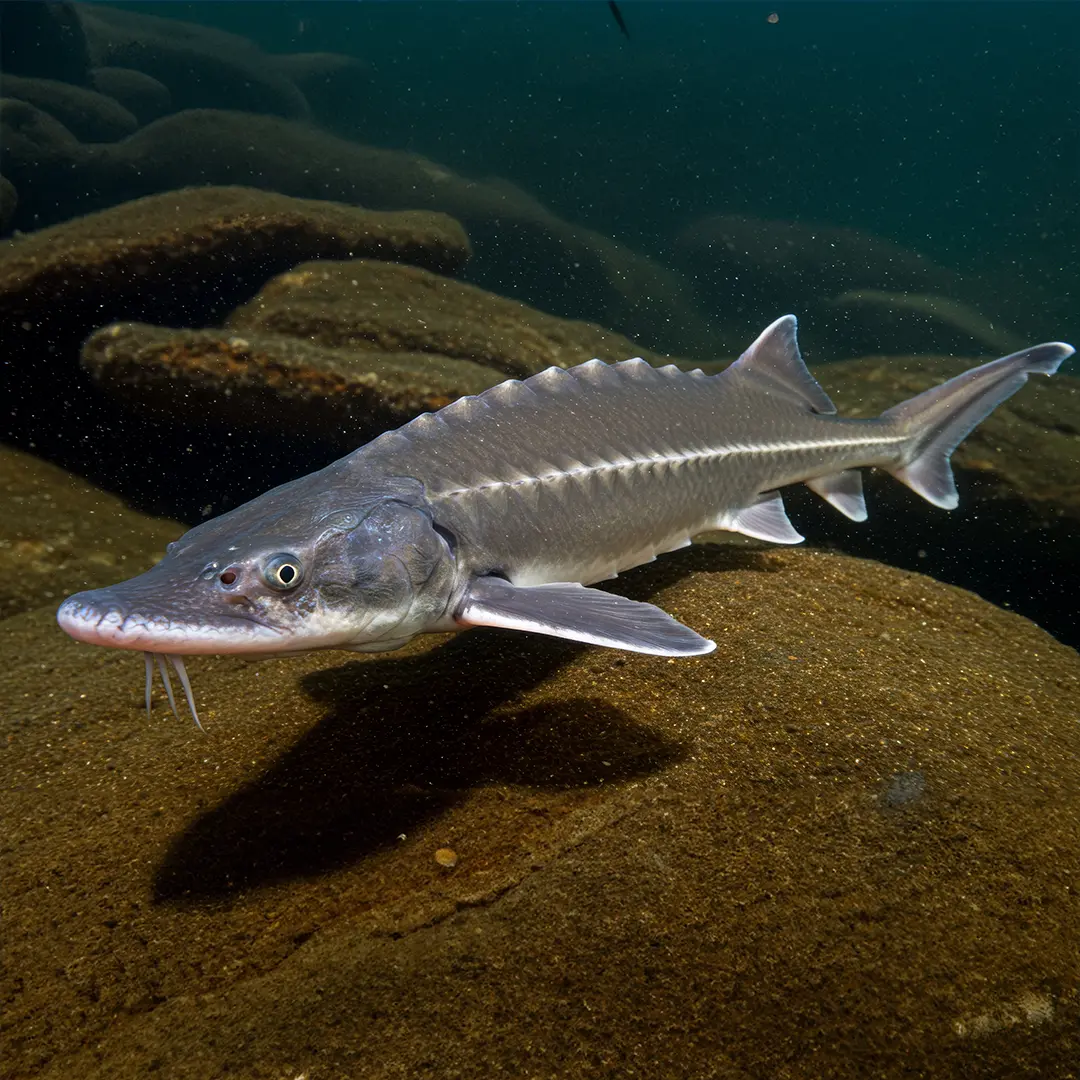 The Lake Sturgeon
The Lake Sturgeon(Grades 4 - 8)
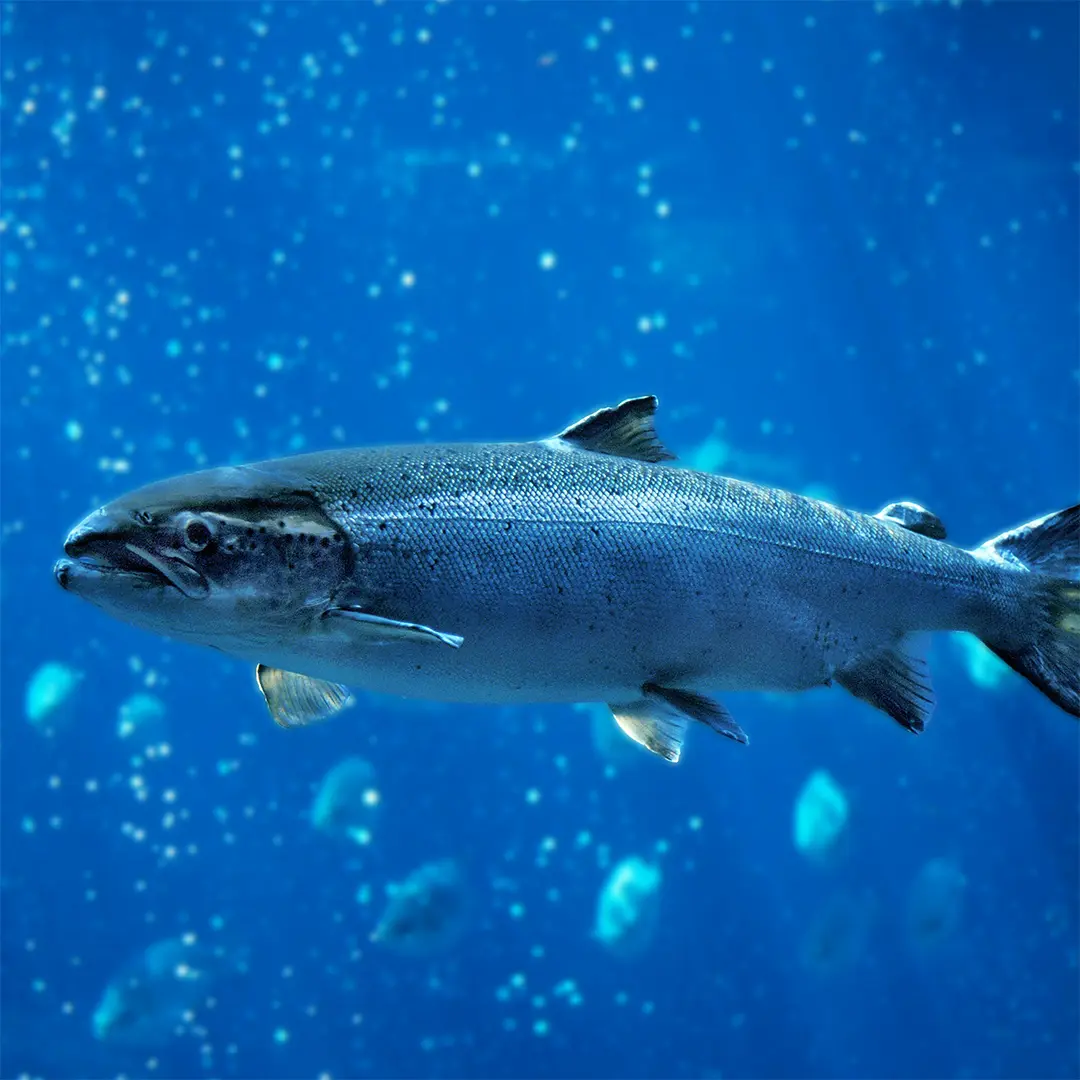 The Atlantic Salmon
The Atlantic Salmon(Grades JK - 8)
New Watershed Videos!
Past Video Series
Series One: Redside Dace 1 of 6
Series Two: Great Lakes Aquatic Species at Risk 1 of 5
Curriculum Connections and Teacher Resources
Other organizations where you can get involved:
Great Lakes
Program History
Hundreds of plant and animal species call the North American Great Lakes home, and humans rely on the lakes as a source of clean water for drinking, fishing, and four-season fun.
The Great Lakes, a crucial ecosystem supporting 139 native fish species, is facing a significant ecological crisis. Currently, 61 fish species in the Great Lakes are classified as threatened or endangered, with 18 native species already extirpated.
To save our Great Lakes, various conservation initiatives began to safeguard our remaining native fish populations and prevent further loss of species from the Great Lakes ecosystem.
This inspired the Toronto Zoo to participate and join the fight to save the Great Lakes by beginning the Great Lakes Programs and Initiatives.
Past Projects
Great Lakes In-Class
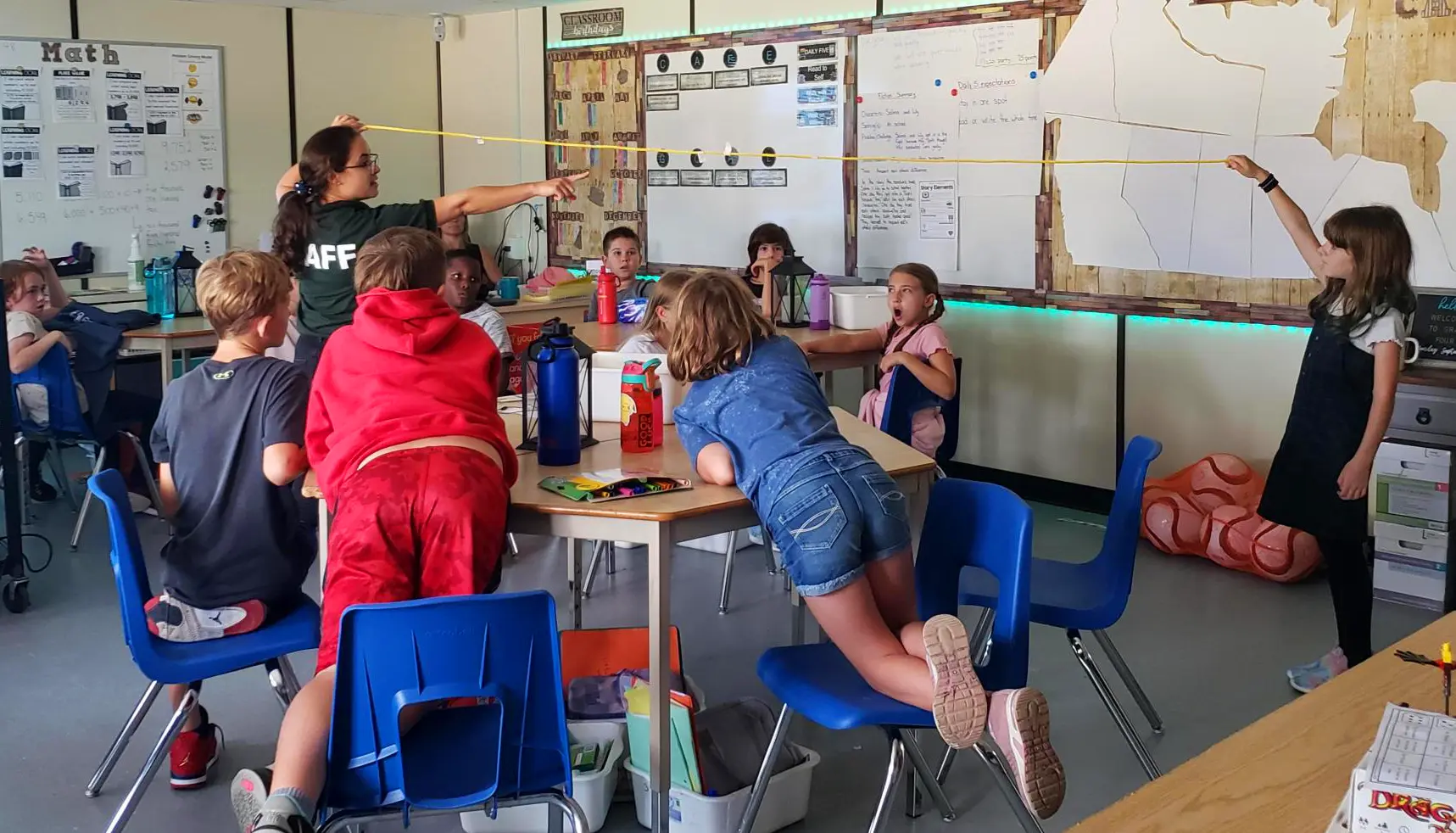
The FREE, curriculum-based, IN-CLASS and VIRTUAL education program was built with the mission statement in mind: “Keep Our Great Lakes Great.”
This education program was designed to encourage students, educators, and families to act in keeping the Great Lakes great while learning about species at risk (SAR).
Since the Toronto Zoo’s Great Lakes program began, we reached an estimated 20,000 educators and students annually, with an additional 3,000 participants from public programs (libraries, camps, university events, and water festivals).
Presentations were designed to focus on aquatic SAR local to the region of outreach delivery. Species included:
- American eel
- Atlantic salmon (Lake Ontario population)
- Channel darter
- Eastern sand darter
- Freshwater mussels
- Lake sturgeon
- Pugnose minnow
- Pugnose shiner
- Redside dace
- Silver shiner
- Spotted gar
Outreach topics also focused on invasive species, including:
- Asian carps
- Sea lamprey
- Round goby
- Invasive mussels
Explore presentation slides designed for in-classroom learning, highlighting the importance of protecting aquatic ecosystems for both animals and people. These resources are tied to the Life Systems strand of the Ontario Science and Technology curriculum.
Aqua-Links Program
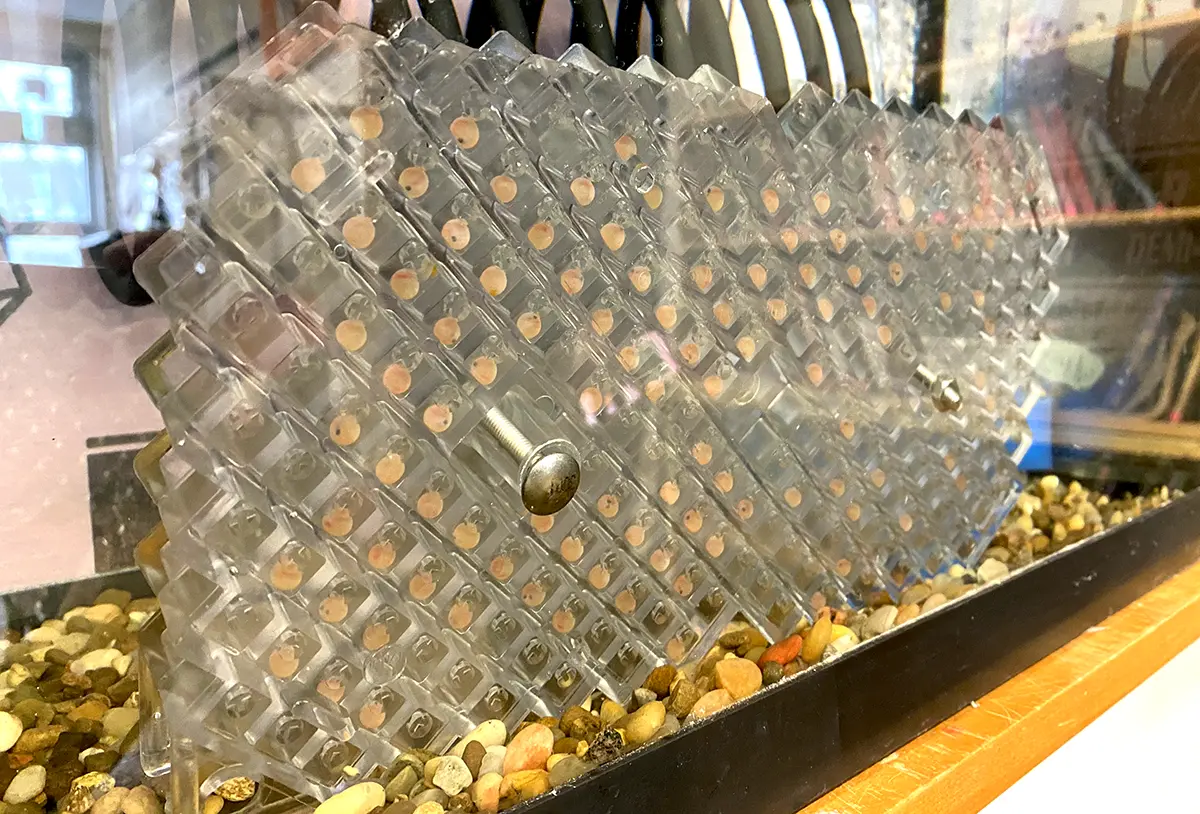
In an effort to further make our Great Lakes great, the Toronto Zoo also began the Aqua-Links Program.
For ten years, the Aqua-Links Program participated in the Lake Ontario Atlantic Salmon Recovery Program (LOASRP).
In partnership with the Ontario Federation of Anglers and Hunters (OFAH) and the Ministry of Natural Resources and Forestry, the Zoo distributed 100 Atlantic salmon eggs to participating schools each year. Approximately 500 eggs were also kept at the Toronto Zoo for rearing. In the spring, participating students personally released their salmon fry with Aqua-Links program staff at specific locations in designated tributaries of Lake Ontario to help restore this extirpated species.
In 2019, during year 10, 26 schools participated in the classroom hatchery program thanks in part to a partnership with the Toronto District School Board. Toronto Zoo program staff facilitated a pre-program workshop to introduce new teachers to the salmon rearing program, demonstrate hatchery set-up and maintenance, and facilitate idea sharing among participants. In total, 3,000 Atlantic salmon fry were released in spring 2019 into Duffin’s Creek, Credit River, and Cobourg Creek through the Aqua-Links program. The students felt a personal connection to the fish and were invested in the entire process.
While the Classroom Hatchery Program through the Toronto Zoo’s Aqua-Links program has come to an end, you and your classroom can still participate in larger project through the Ontario Federation of Anglers and Hunters (OFAH) and their Lake Ontario Atlantic Salmon Restoration Program. Click the link below for more information on the program, how you get involved, and for resources for primary, junior and intermediate classes.
LOASRP Classroom Hatchery Program
Blue Schools
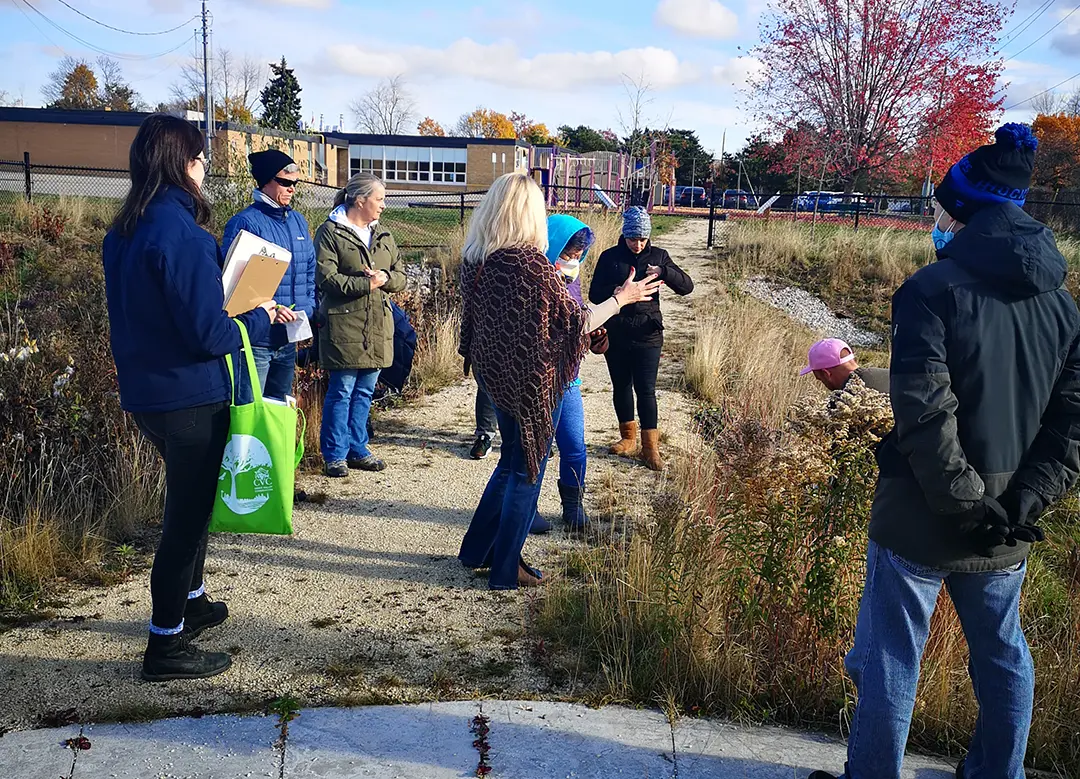
The Blue Schools Program encouraged primary and secondary school students, as well as school staff, to help protect aquatic ecosystems by implementing actions to decrease their water consumption as part of a year-long certification process.
With support and resources from Great Lakes Program staff, participating schools completed various hands-on, curriculum-linked activities during the academic year to learn about water resources, track their own usage, and develop an Action Plan to reduce consumption. Following the implementation of the goals in this Action Plan, schools received official certification. By engaging not only students but also faculty, other staff, and board-level representatives, the program fostered a deeper appreciation of water resources across the school community and facilitated institution-wide changes to water use.
Students conducted school-wide water audits in the fall by collecting baseline data on the volume of water used in different areas of the school on a daily and annual basis. This included faucets, drinking water fountains, toilets, showers, as well as water use for cleaning and any sprinkler systems. Working with staff, students then identified target areas to reduce consumption and created an Action Plan with specific measures to be implemented over the winter and spring. Certified Blue Schools could then continue to participate in the program by targeting water use at the community and national levels.
Some of the school- and community-level actions implemented by participating schools included:
- Installation of a rain garden
- Installation of water bottle refill stations
- Posters and announcements promoting water conservation among students and staff
- Bake sale fundraiser to address water supply issues affecting First Nations
- Behind-the-scenes tour of school waterworks for community members
Despite the Blue Schools Program ending, we have made our Blue Schools Teacher Guide and Student Worksheets manual available for download. This manual contains curriculum connections and activities assist teachers in continuing to promote water conservation in their classrooms and schools.
Freshwater Mussel Surveys
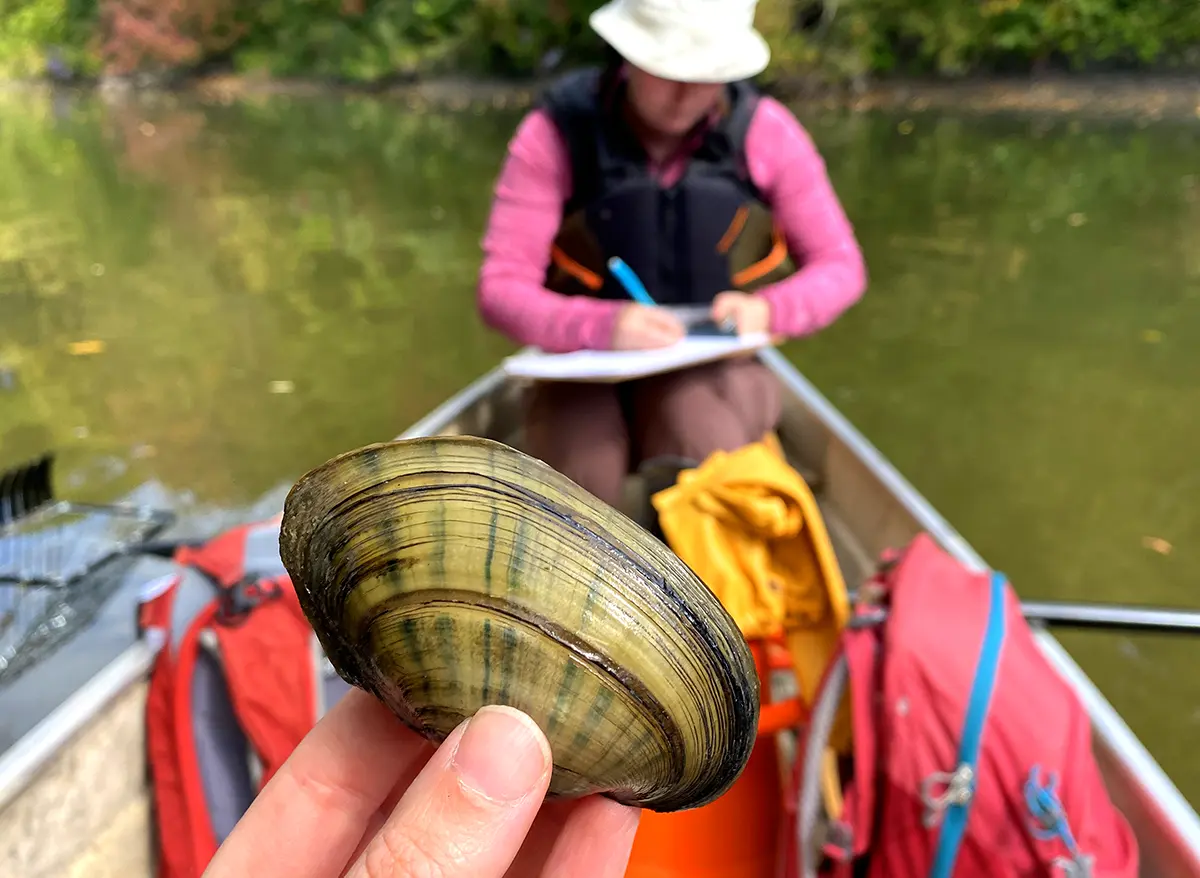
Freshwater mussels have historically been overlooked for their important role in aquatic ecosystems. Unfortunately, with increasing threats to their critical habitat, such as poor water quality, siltation, nutrient loading, and introductions of invasive species, they are considered one of the world's most endangered assemblages.
With over 65% of our freshwater mussel species being endangered here in Ontario, and a lack of knowledge of distribution and abundance of freshwater mussel species in the Rouge River Watershed, our Great Lakes Program began regular freshwater mussel surveys in 2011.
Surveys were conducted at various locations within the Rouge River watershed between 2011 and 2023. These surveys contributed to the ongoing effort to prevent the extirpation of native mussel species and maintain healthy mussel populations in two ways:
- Determining the extent, abundance, and population demographics of existing populations of native mussels within the Greater Toronto Area, including eastern pondmussel and rainbow mussel, to support their protection.
- Educating the community regarding the significance of native mussel species and their status as Canadian species at risk to help increase awareness and protection of these important animals.
The Great Lakes Program confirmed the presence of the following species in the Rouge River Watershed:
- Giant floater
- Creeper
- Cylindrical papershell
- Eastern elliptio
- Fatmucket
- Elktoe
- Creek heelsplitter
Freshwater mussels play a crucial role in our ecosystem by serving as indicator species for environmental health, filtering water to maintain clean aquatic habitats, and providing a food source for other wildlife. Given their ecological importance and the ongoing decline in their populations, continued monitoring of species is more vital than ever.
The population assessments conducted by our Great Lakes team will serve as a valuable data resource for freshwater mussel research for years to come. The data collected by the Great Lakes team was even presented at the Canadian Freshwater Mollusc Research meeting in 2023. This great work will continue to live on in future research. This data has also been shared with the Rouge National Urban Park in support of their multi-species action plan.
Thank you to the following organizations for their support of the Great Lakes Program over the years!
For inquiries please contact us at
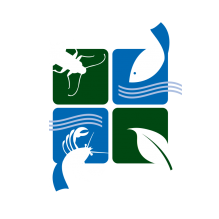 Get Involved
Get Involved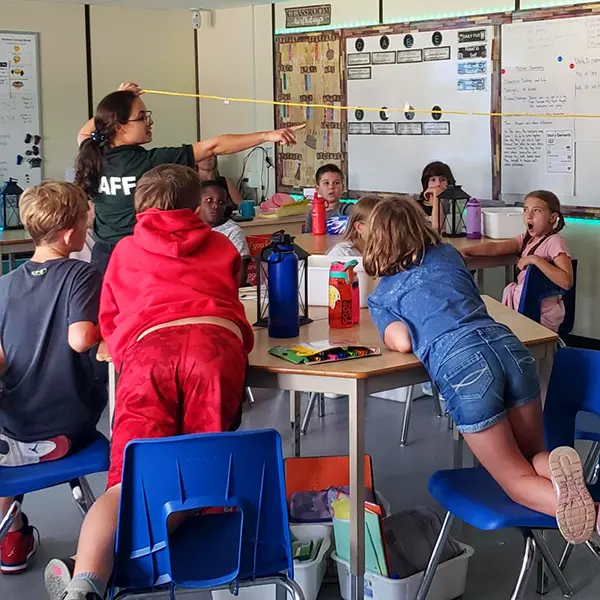 Program History
Program History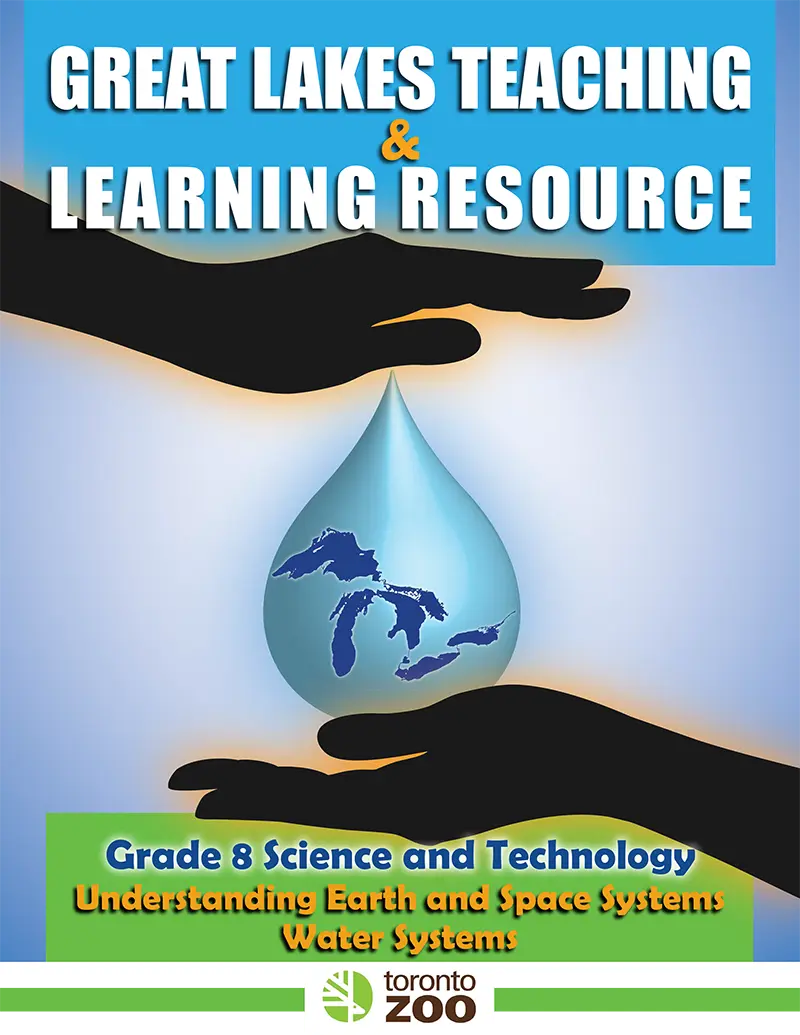
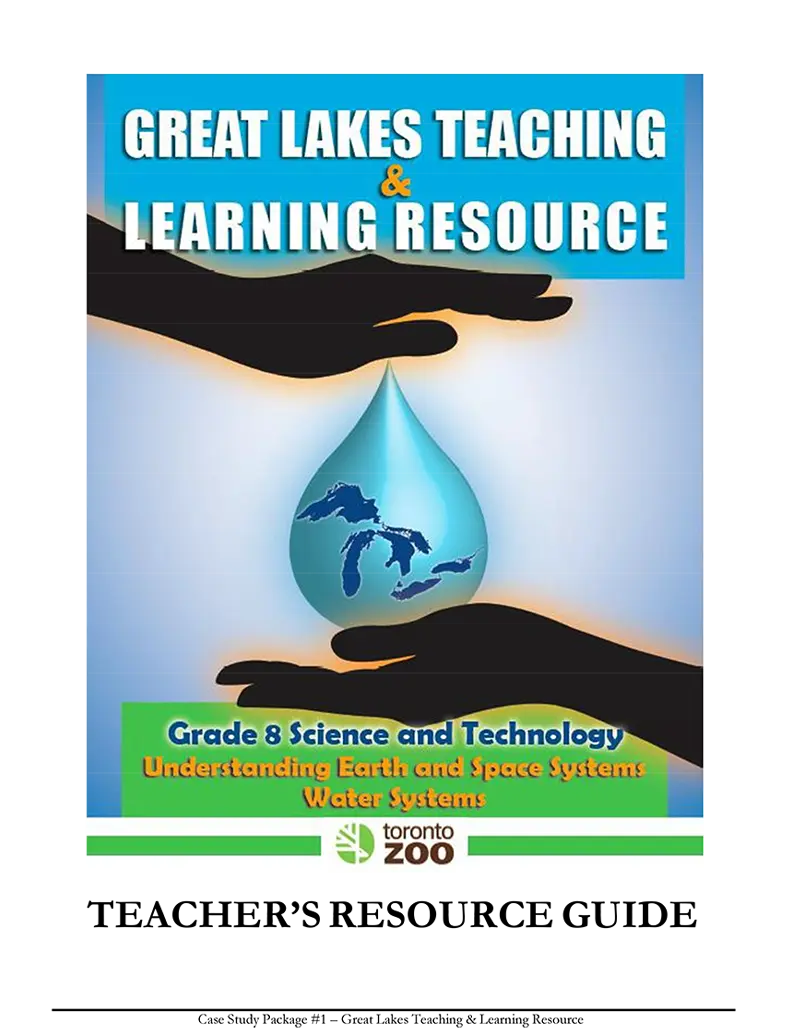
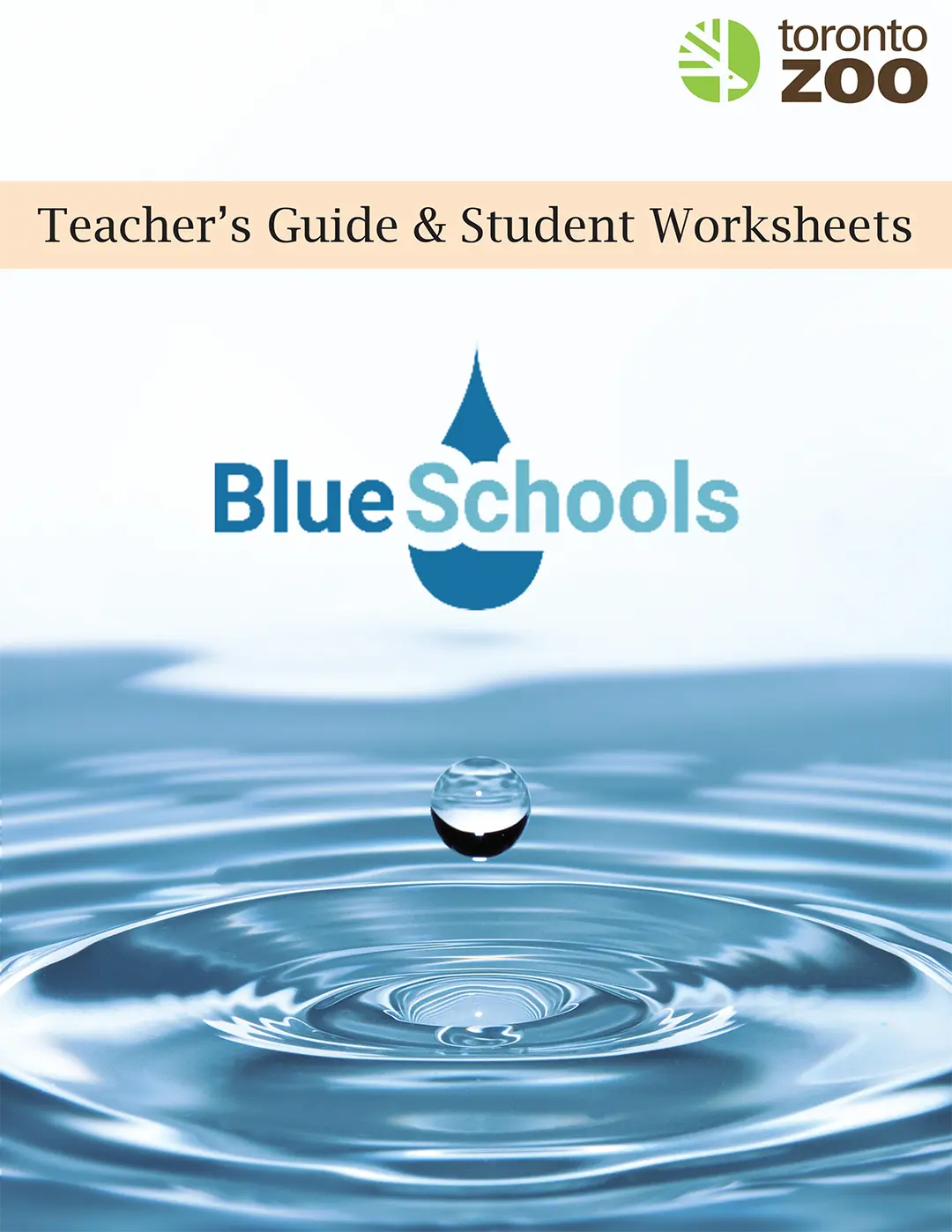
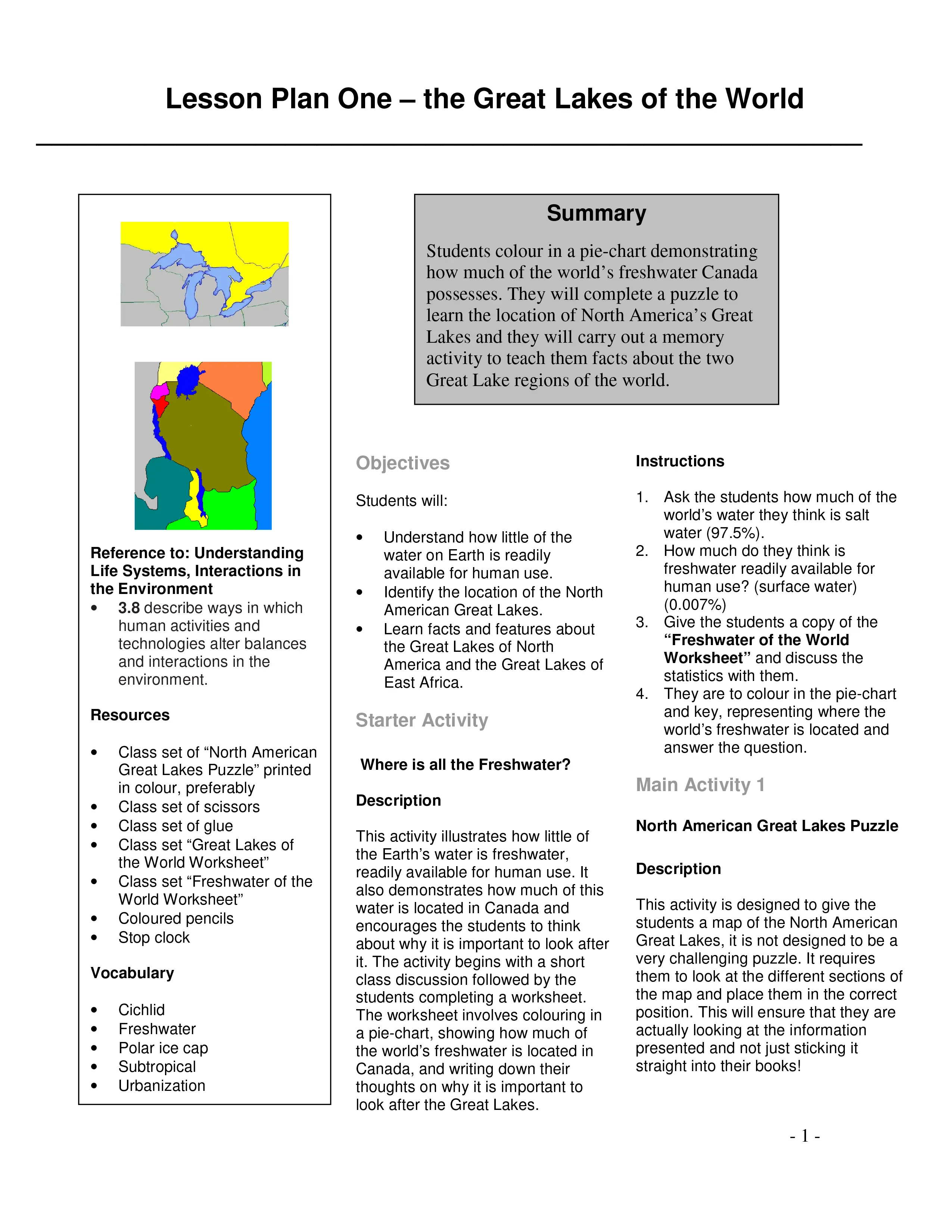
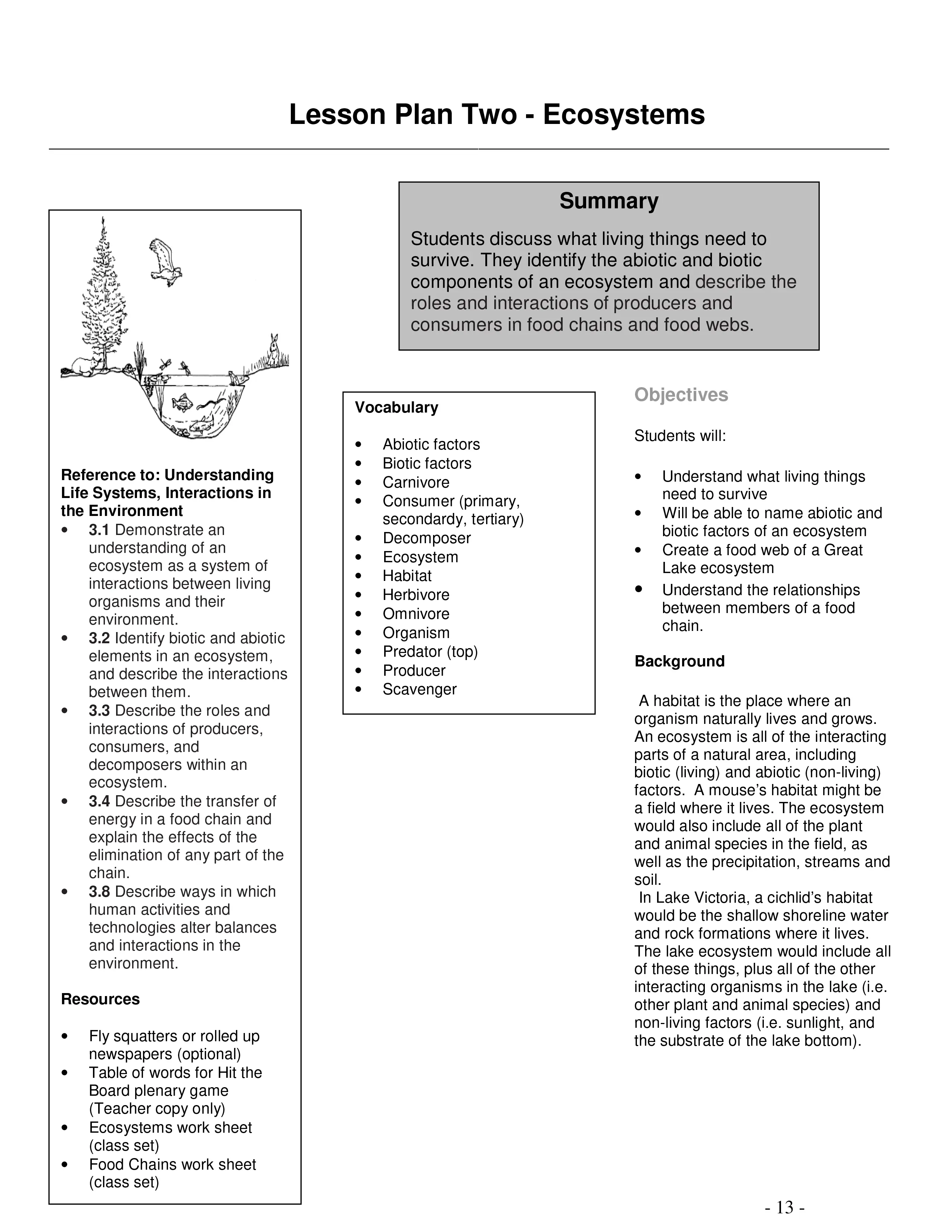
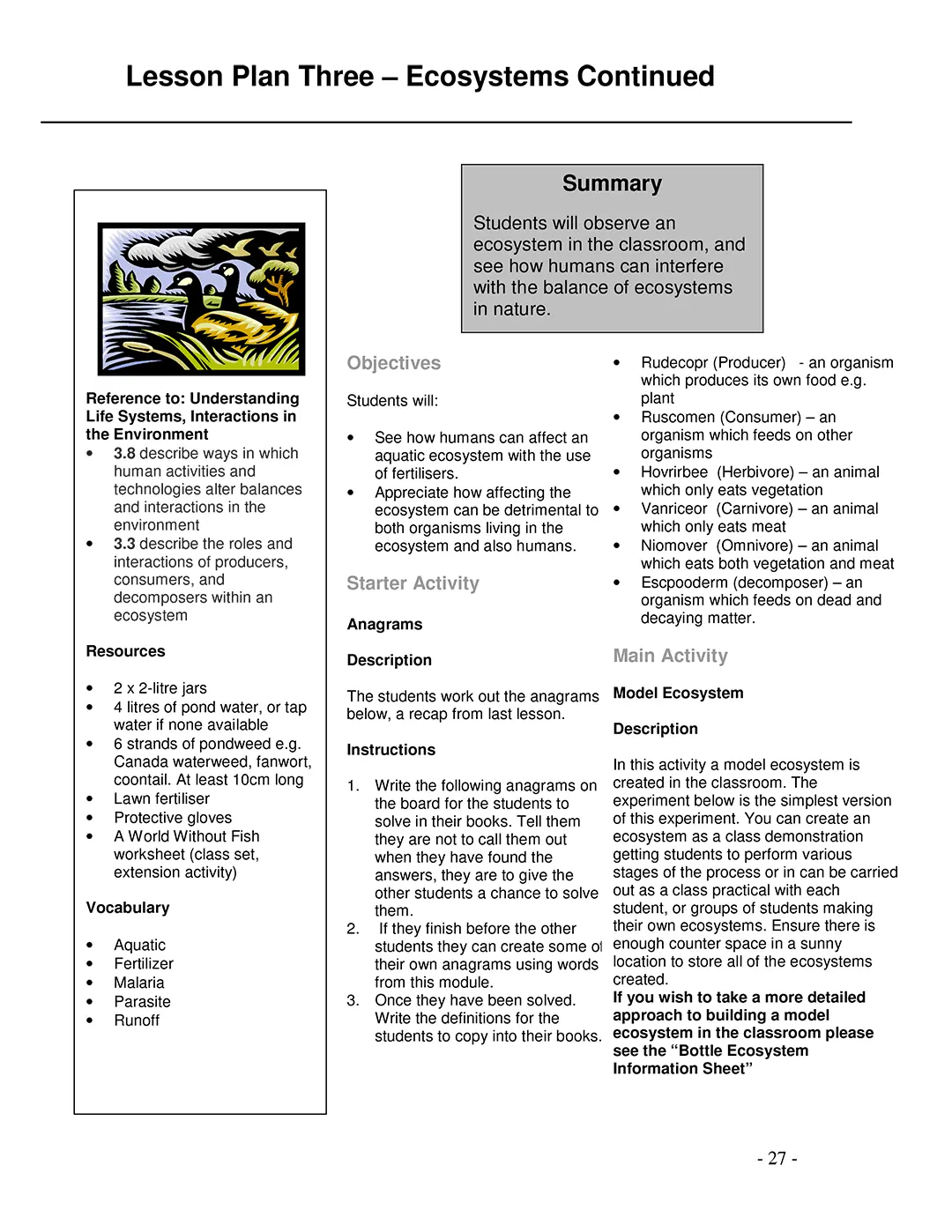
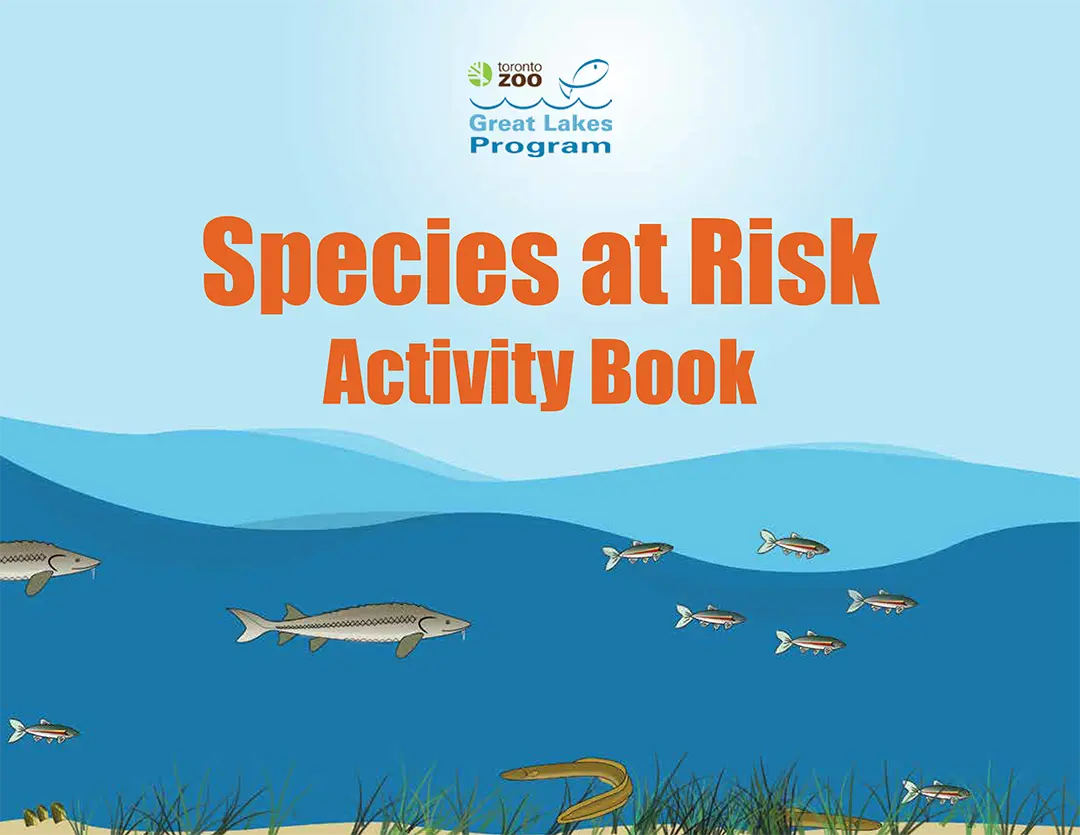
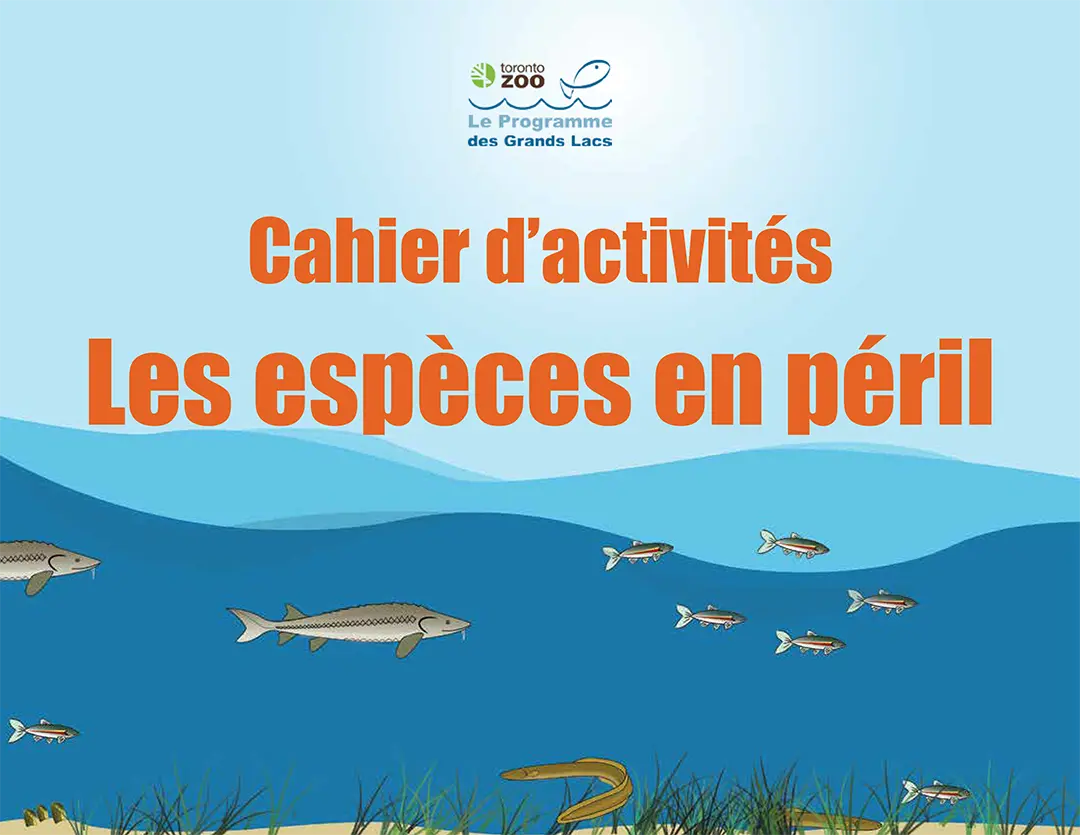
.webp)
.webp)

